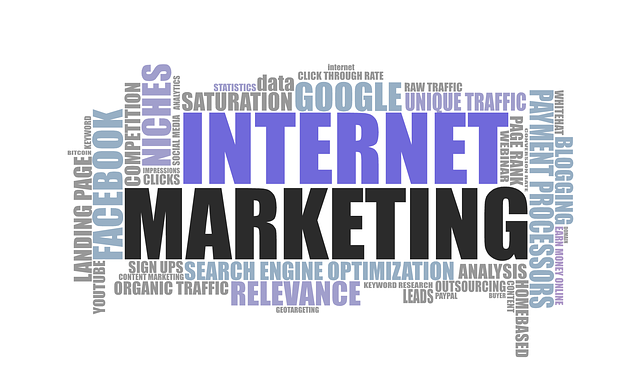AI visual analytics for menu design is revolutionizing the restaurant industry by analyzing online customer feedback, reviews, and visual data from social media and review sites in real-time. Sophisticated algorithms extract valuable insights about customer preferences, sentiments, and trends, enabling businesses to optimize their menus accordingly. This technology enhances customer experiences, drives growth, and ensures every dish caters to diverse tastes, keeping brands competitive in today's digital age.
“Unleash the power of sentiment analysis with AI business tools, transforming how you understand customer feedback. This article explores cutting-edge techniques in AI that decipher emotional tones from text, providing valuable insights for businesses. We delve into ‘Understanding Business Sentiment Analysis with AI’ and uncover its impact on decision-making. Furthermore, discover how ‘AI Visual Analytics for Menu Design’ revolutionizes customer experiences by presenting data in captivating, actionable formats. Finally, learn about tools enhancing user interactions through personalized, data-driven strategies.”
- Understanding Business Sentiment Analysis with AI
- The Role of Visual Analytics in Menu Design
- Enhancing Customer Experience through AI-Powered Tools
Understanding Business Sentiment Analysis with AI

Business sentiment analysis, powered by AI and advanced natural language processing (NLP), has become an invaluable tool for companies aiming to gauge public opinion and customer feedback. By delving into the vast amounts of data generated across various online platforms, from social media to review sites, these tools extract meaningful insights and sentiments towards a brand, product, or service. This process involves sophisticated algorithms that analyze text, identify key themes, and categorize sentiment as positive, negative, or neutral, providing businesses with a comprehensive view of their public image.
AI visual analytics plays a pivotal role in this analysis, transforming complex data into easily digestible visuals like charts, graphs, and heatmaps. This not only simplifies the interpretation of results but also allows for more effective decision-making. In the context of menu design, for instance, AI can analyze customer reviews to understand preferences and sentiments toward existing dishes, helping restaurants optimize their offerings by curating menus that cater to their target audience’s tastes and expectations.
The Role of Visual Analytics in Menu Design

In today’s digital era, AI visual analytics is revolutionizing various industries, and menu design is no exception. By leveraging advanced algorithms and machine learning techniques, businesses can gain profound insights from customer interactions and feedback. These tools analyze not only text-based reviews but also extract valuable information from visual data like photos and videos uploaded by patrons. This holistic approach enables restaurants and cafes to understand customer preferences in a more nuanced way, going beyond simple text descriptions.
Visual analytics plays a crucial role in enhancing menu design by providing data-driven recommendations. For instance, AI can identify popular dishes based on visual cues, helping establishments highlight these items on their menus. Moreover, it can detect trends in presentation and styling, guiding menu curation to align with evolving customer expectations. This not only improves the overall dining experience but also fosters customer engagement and satisfaction, ultimately driving business growth.
Enhancing Customer Experience through AI-Powered Tools

In today’s digital age, businesses are constantly seeking innovative ways to enhance customer experience and stay ahead of the competition. One powerful tool that has gained significant traction is Artificial Intelligence (AI) sentiment analysis. By leveraging AI visual analytics for menu design, companies can gain profound insights into consumer preferences and behaviors. This advanced technology enables businesses to create personalized experiences tailored to individual tastes and needs.
For instance, AI-powered tools can analyze vast amounts of customer feedback data from various sources, including social media, online reviews, and survey responses. Through sophisticated algorithms, these tools identify patterns, trends, and sentiment shifts in real time. This allows restaurant brands, for example, to make informed decisions about menu optimization. They can quickly adapt their offerings, ensuring that every dish caters to the evolving palates of their diverse customer base, ultimately driving satisfaction and loyalty.
AI sentiment analysis tools are transforming business operations by providing valuable insights into customer feedback. By understanding consumer sentiment, companies can make data-driven decisions to enhance their offerings, including optimizing menu designs using advanced visual analytics. This integration of AI technology ensures a more personalized and engaging customer experience, ultimately driving business growth in today’s competitive market.
